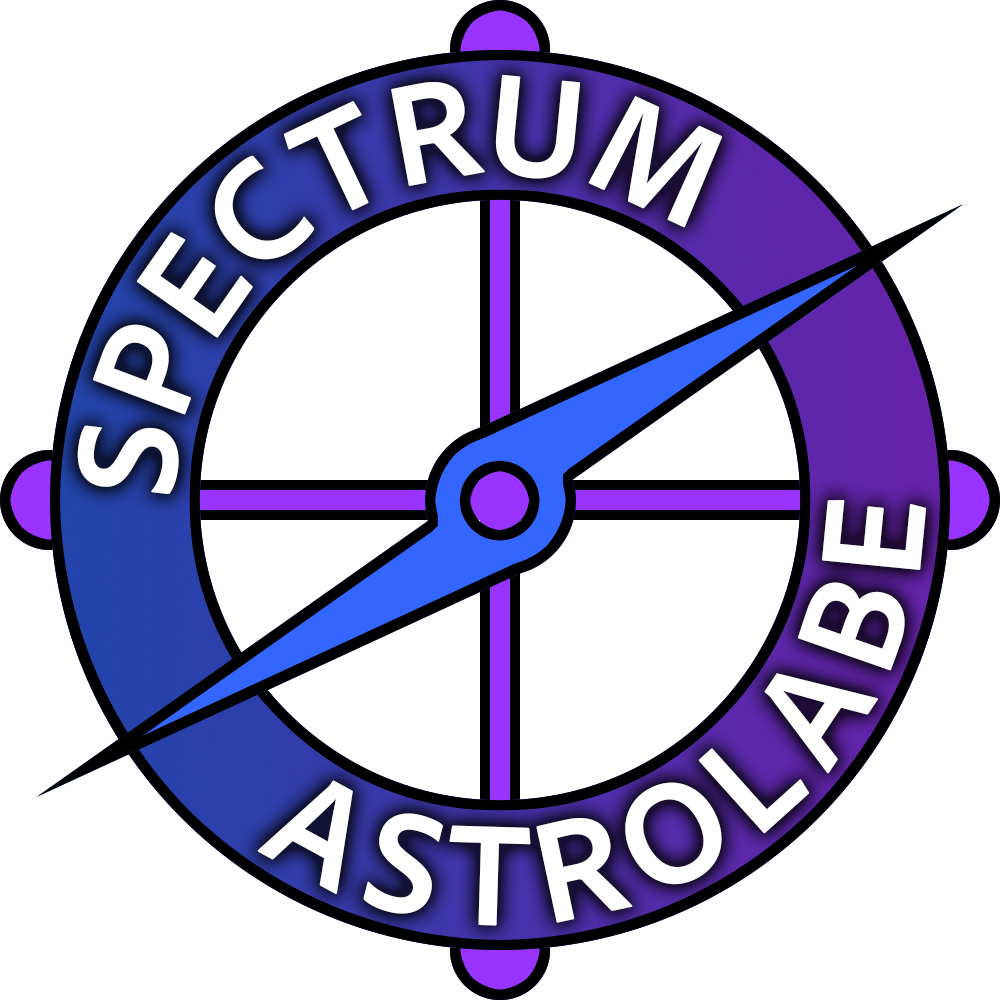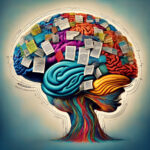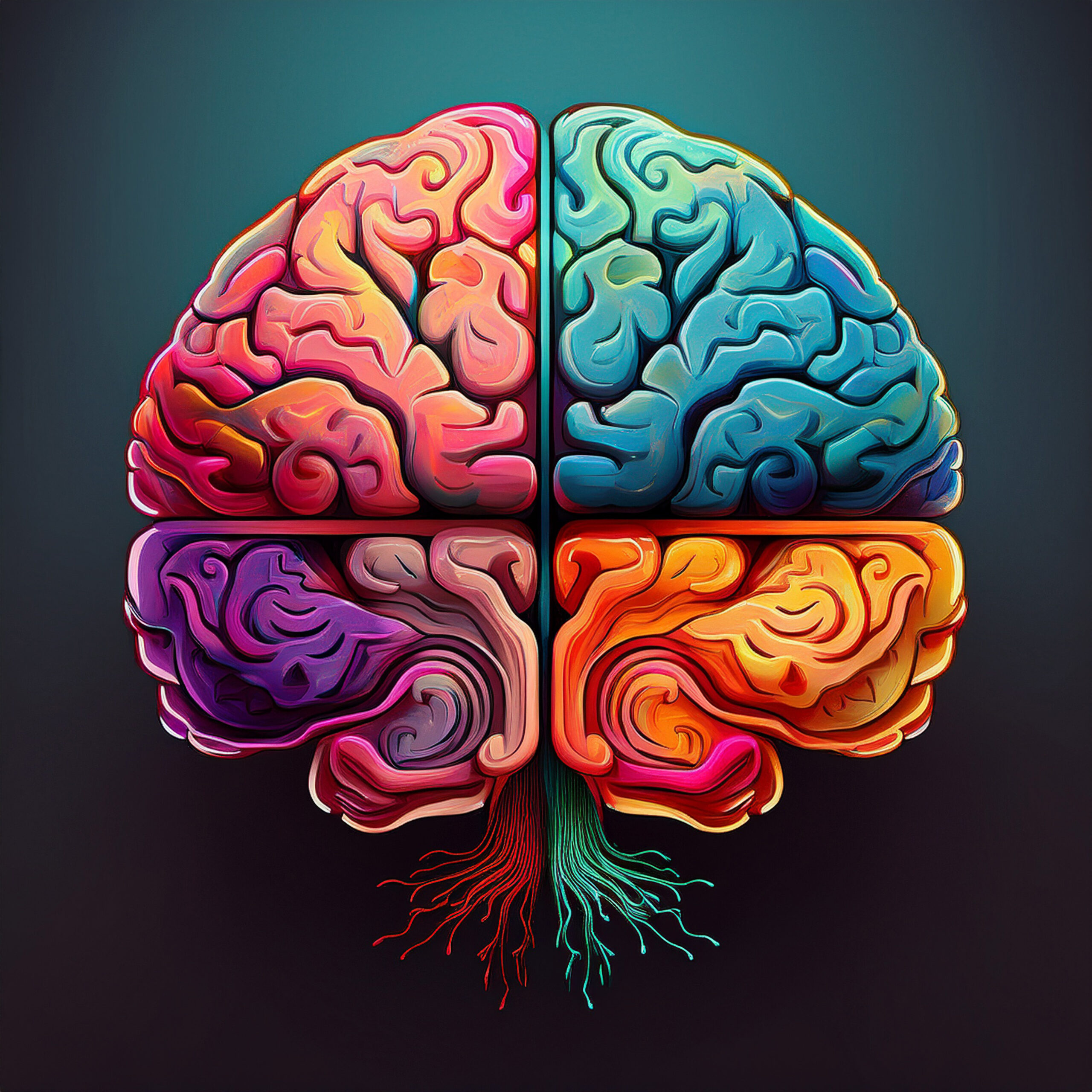July brought a seismic shift to the autism research landscape. A major study, led by researchers at Princeton University and the Simons Foundation, has identified four clinically and biologically distinct autism subtypes. This isn’t just science for science’s sake. These findings are sparking crucial conversations among clinicians, autistic adults, families, and advocates.
For those of us immersed in neurodiversity discourse, “spectrum” has always signaled complexity. Data from more than 5,000 children in the SPARK cohort now point to just how multicolored that spectrum may be. Researchers used a person-centered approach, assessing over 230 traits in each child. The result? Four groups that map onto different genes, developmental timelines, and lived experiences.
The Four Faces of Autism
Let’s break down the subtypes using parent-friendly language, but with a nod to the nuance our community values:
- Social and Behavioral Challenges (about 37 percent): Kids and adults in this group show core autistic features like social difficulties and repetitive behaviors. They meet developmental milestones on track but often run into co-occurring conditions. Think anxiety, ADHD, or depression cropping up alongside autism.
- Mixed ASD with Developmental Delay (19 percent): Here we see significant delays in early milestones—later talking or walking, for instance—but less presence of psychiatric diagnoses. The clinical presentation varies within the group, so some may experience more pronounced repetitive behaviors or social obstacles than others.
- Moderate Challenges (34 percent): These individuals have milder forms of core autism traits. They have typical milestones and rarely require support for other psychiatric or developmental conditions.
- Broadly Affected (10 percent): The smallest and most impacted group faces major challenges with socializing, communicating, and self-regulation. They are also the group most likely to deal with multiple co-occurring psychiatric and developmental diagnoses.
Natalie Sauerwald, a co-lead author and research scientist at the Flatiron Institute, explained, “What we’re seeing is not just one biological story of autism, but multiple distinct narratives. This helps explain why past genetic studies often fell short. It was like trying to solve a jigsaw puzzle without realizing we were actually looking at multiple different puzzles mixed together,” said Sauerwald in an interview with Scientific American.
From Diagnosis to Daily Life: What Changes for Families?
As with any new research, the question is: What does this mean in real life? For starters, more precise early diagnosis. According to Jennifer Foss-Feig, clinical psychologist and vice president at the Simons Foundation Autism Research Initiative, “Understanding genetic causes for more individuals with autism could lead to more targeted developmental monitoring, precision treatment, and tailored support and accommodations at school or work.”
The hope is that this framework will:
- Sharpen early diagnoses and let families (and providers) anticipate specific developmental and psychiatric needs.
- Encourage a move toward truly individualized support, matched to both clinical features and genetic pathways.
- Build new communities for families whose children walk similar, sometimes isolating, paths.
- Inform decisions about therapies, school accommodations, and even insurance coverage.
Throughout our community, the longing for clarity is keenly felt. I recall a parent’s recent account in a virtual autism group: after years bouncing between diagnoses for her son, finally seeing his specific traits reflected in a research-based autism subtype felt “like landing on solid ground after a long swim.” That need for both belonging and understanding is at the heart of Spectrum Astrolabe’s mission.
A New Lens, Not the Final Word
It’s worth noting, as study co-lead Aviya Litman cautions, these four subtypes aren’t the last word, but a powerful starting point. There’s still plenty of variation within each group, and diagnostic labels never fully capture a person’s complexity. As Sauerwald adds, “More data can validate the findings across diverse populations and adult cases, which could eventually lead to more tailored diagnoses and support in the future.”
Our community knows well: if you’ve met one autistic person, you’ve met one autistic person. These findings, while a beacon for precision medicine, also reinforce the diversity that’s always been at the core of autism. For families, self-advocates, and professionals alike, this research offers a new map, but it’s up to us to decide how we use it in the journeys ahead.
Sources
- Litman, A., Sauerwald, N., Foss-Feig, J., & Troyanskaya, O. (2025). Major autism study uncovers biologically distinct subtypes, paving the way for precision diagnosis and care. Princeton University News. https://www.princeton.edu/news/2025/07/09/major-autism-study-uncovers-biologically-distinct-subtypes-paving-way-precision
- Sauerwald, N., Litman, A., Foss-Feig, J., Troyanskaya, O. (2025). Four New Autism Subtypes Link Genes to Children’s Traits. Scientific American. https://www.scientificamerican.com/article/four-new-autism-subtypes-link-genes-to-childrens-traits/
- The Simons Foundation. (2025). New Study Reveals Subclasses of Autism by Linking Traits to Genetics. https://www.simonsfoundation.org/2025/07/09/new-study-reveals-subclasses-of-autism-by-linking-traits-to-genetics/
- The Transmitter. (2025). Four autism subtypes map onto distinct genes, traits. https://www.thetransmitter.org/spectrum/four-autism-subtypes-map-onto-distinct-genes-traits/
- News-Medical (2025). New study identifies four distinct autism subtypes with unique genetic signatures. https://www.news-medical.net/news/20250709/New-study-identifies-four-distinct-autism-subtypes-with-unique-genetic-signatures.aspx
- Troyanskaya, O. (2025). [Comment on identification of four autism subtypes]. X (Twitter). https://x.com/OlgaTroyanskaya/status/1943004512081330210
- Sauerwald, N., Litman, A., Foss-Feig, J., Troyanskaya, O. (2025). Decomposition of phenotypic heterogeneity in autism reveals distinct and coherent genetic programs. Nature Genetics, 57(7), 1125–1139. https://www.nature.com/articles/s41588-025-02224-z
- ADDitude Magazine. (2025). ASD Subtypes Study: Autism Brain Connectivity Patterns Identified. https://www.additudemag.com/autism-spectrum-disorder-subtypes-adhd-asd-brain-connectivity/
- New York Post. (2025). The 4 new subtypes of autism explained. https://nypost.com/2025/07/09/health/the-4-new-subtypes-of-autism-explained/
- Yahoo News. (2025). Scientists have identified 4 distinct autism subtypes. https://www.yahoo.com/news/scientists-identified-4-distinct-autism-060000382.html









